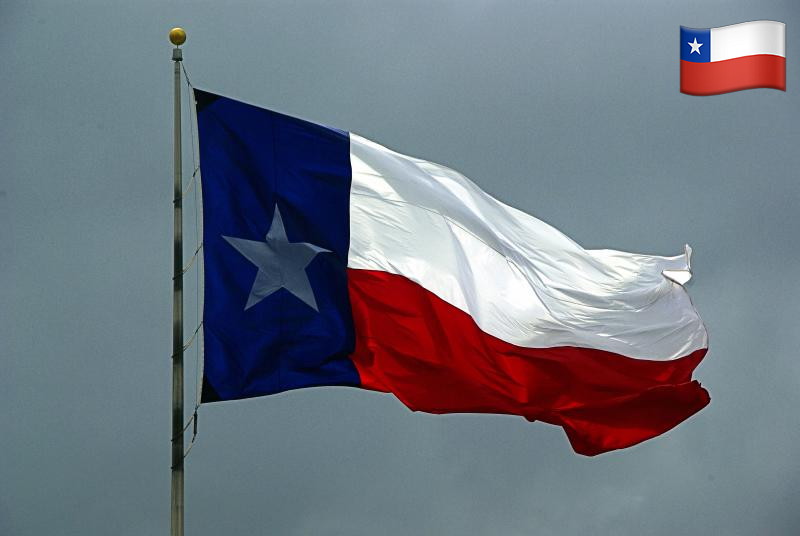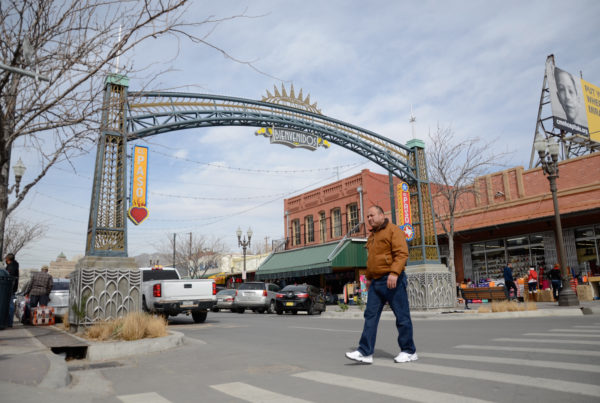Emoji are everywhere, decorating text messages and emails, and now, appearing in court cases. And that has left some judges unsure about how to respond.
Jeremy Burge is chief emoji officer at emojipedia.org, and vice chair of the Unicode Emoji Subcommittee, which publishes the annual list of new emoji. He says the symbols are increasingly showing up in daily communication.
“Whenever there’s statistics – Facebook, Twitter, this sort of thing – they always show 50-70 percent of communications tend to have at least some emoji,” Burge says.
And that has led to ambiguity in court cases, in which the presence of emoji in texts or emails can obscure the meaning of a message. A winky emoji, for example, could negate an otherwise serious message.
“What often happens is that you’ll get some kind of message thread that’s gone on, and more often than not, it’s the defense team that kind of wants to imply that, ‘Look, I know our client said this in English, but at the end, they put an emoji, and that emoji changes the whole meaning of what they said,'” Burge says.
Burge says the presence of emoji in court cases has climbed significantly since 2015.
“A court or a judge should be able to say ‘a thumbs-up counts as a yes,'” Burge says. “And then you get all the cryptic ones, where you’re trying to decipher what did that wink mean, or what did that wacky face mean?”
Burge says the annual Emoji List, which represents a cooperative effort among companies like Apple and Google who use emoji in their software, features more symbols of inclusion and diversity for 2019. The usual number of whimsical ones are included, too.
“This year there’s a sloth included, there’s a waffle, there’s … people in wheelchairs and with canes,” Burge says.
One emoji of interest to Texans is missing from the official list. Though you’ll find a Texas flag emoji in WhatsApp and displayed on emojipedia, it hasn’t been adopted by the Unicode emoji group. Burge says Unicode relies on another tech standards group, ISO, for its “flag work.”
“Flags are … very troublesome, let’s say,” Burge says. “There’s never agreement by every country in the world [about] what is another country?”
Burge points out that Texas isn’t a country. Despite some pushback on that point from Texas Standard Host David Brown, Burge says it’s not likely the Texas flag, which boasts more blue than the Chilean flag that looks strikingly similar, will become a full-fledged emoji anytime soon.
Also, for the uninitiated, Burge says the plural of “emoji” is also “emoji.” Or, you can say “emojis,” too.
“People get pretty upset about this,” he says. “From Japan, the word ’emoji’ is plural, like ‘sheep,’ but commonly in English, either is considered acceptable.”
















